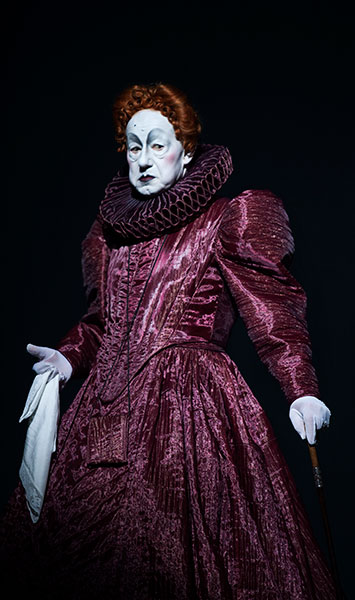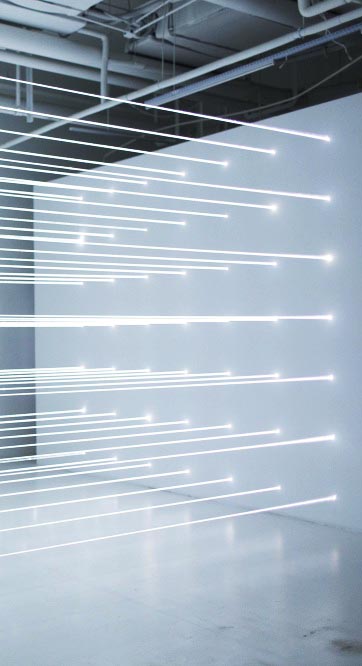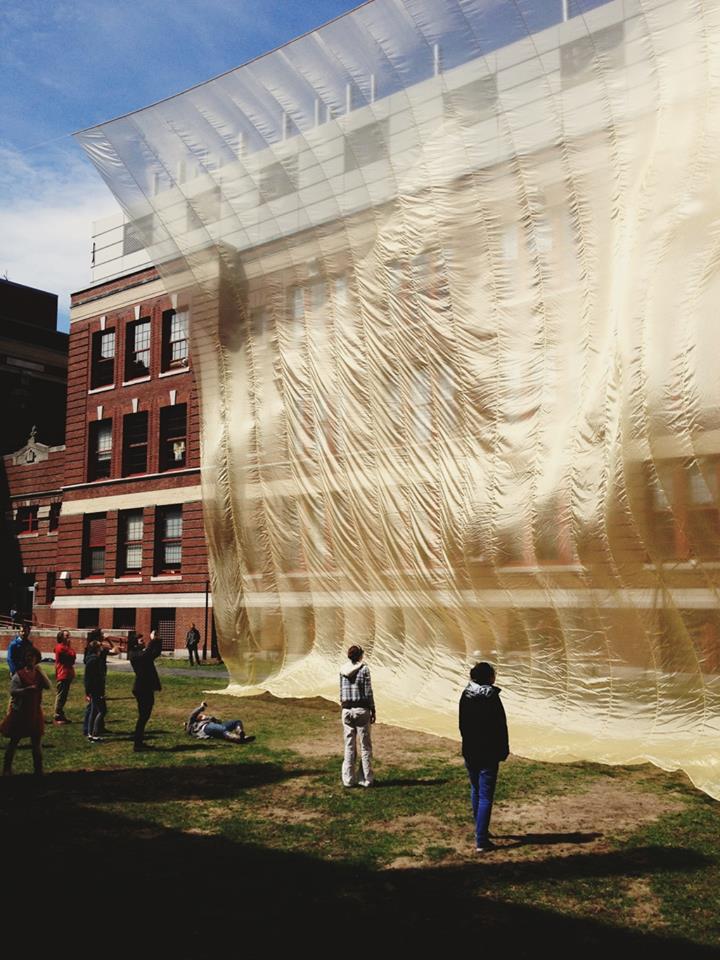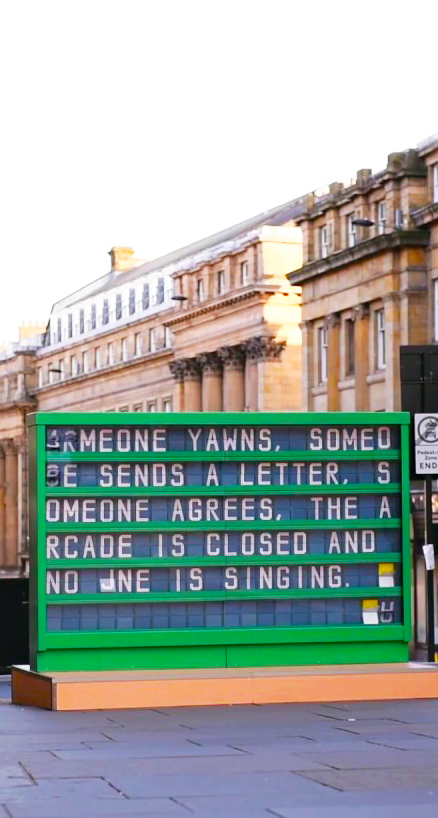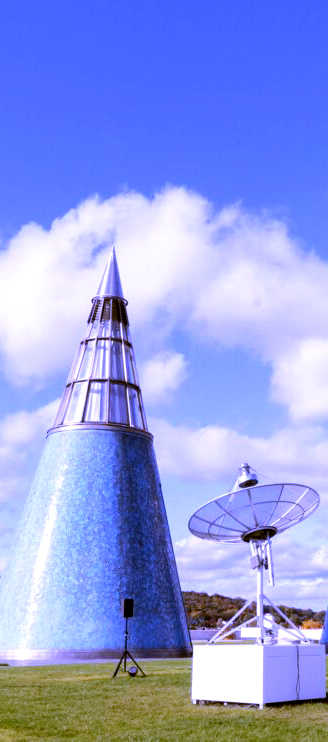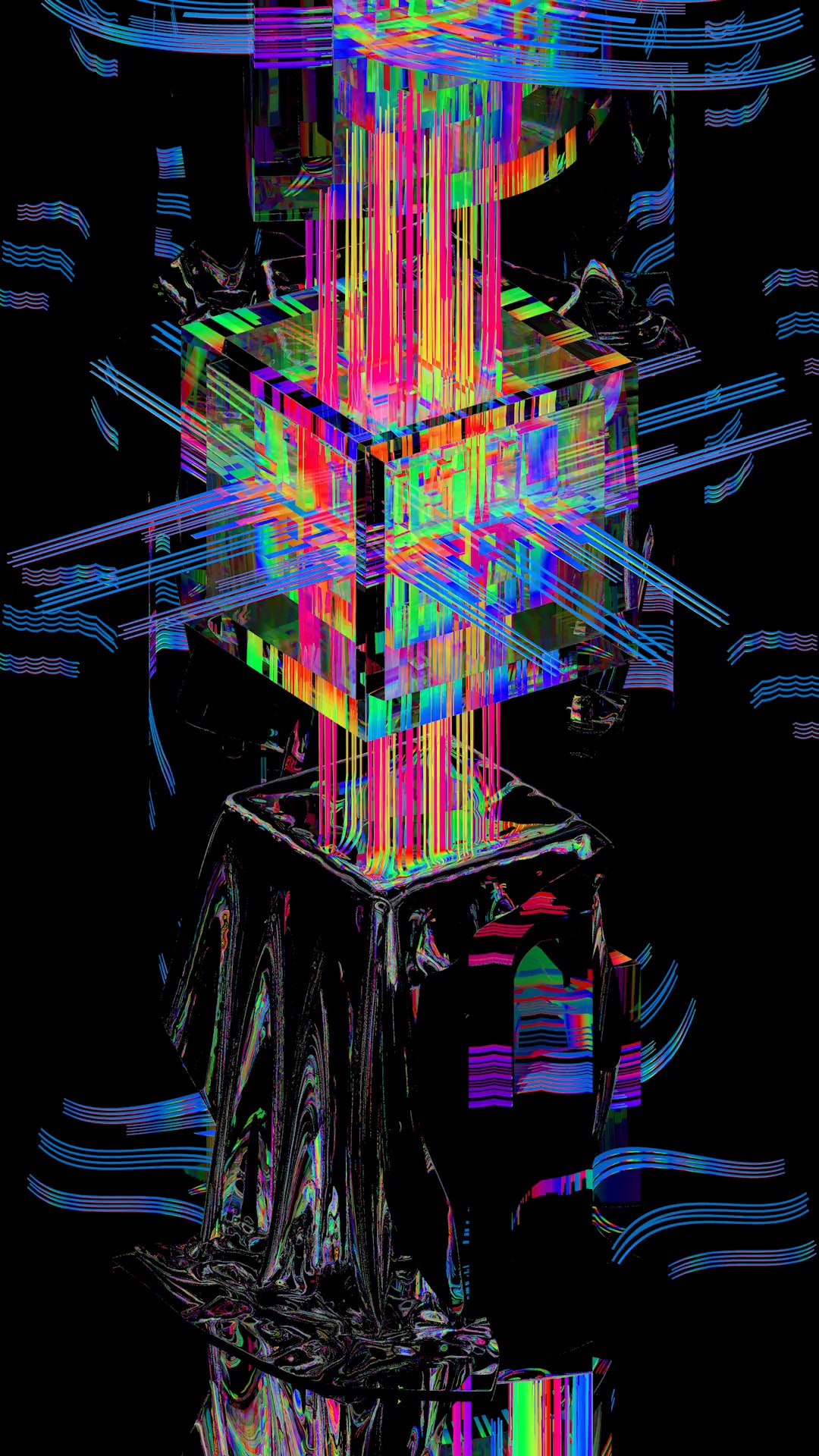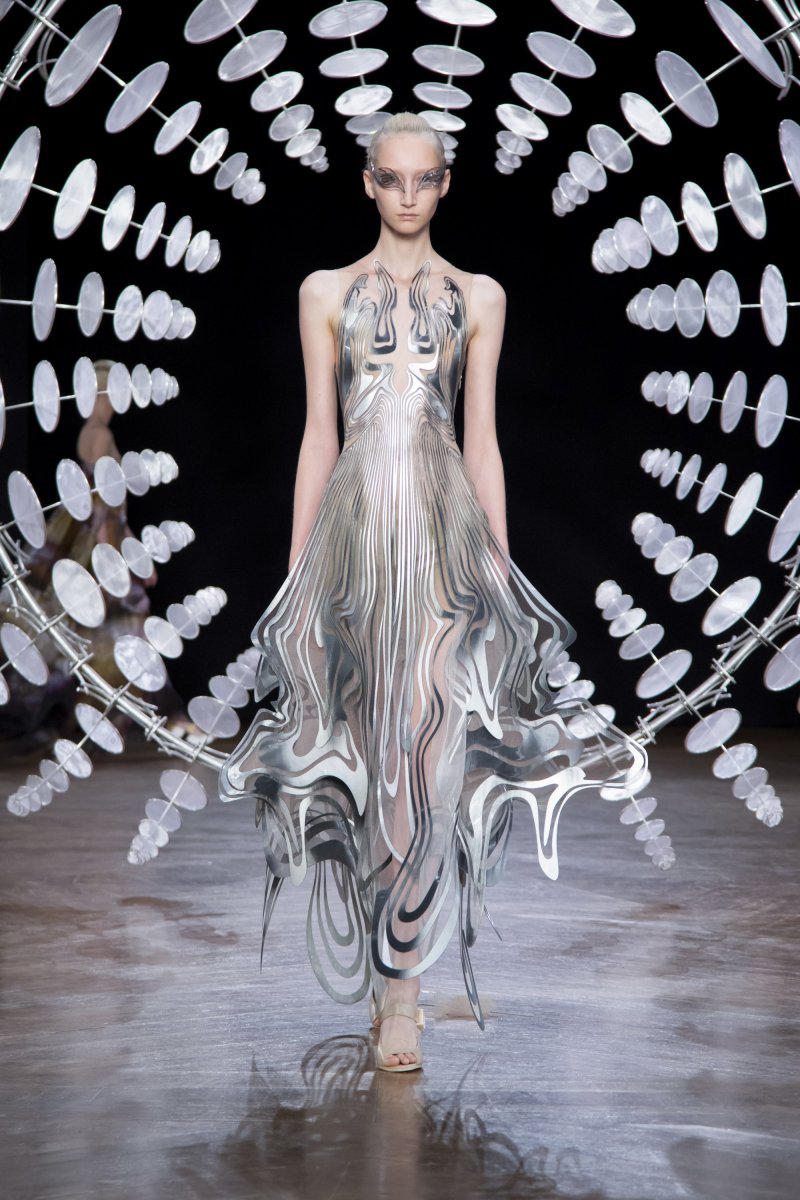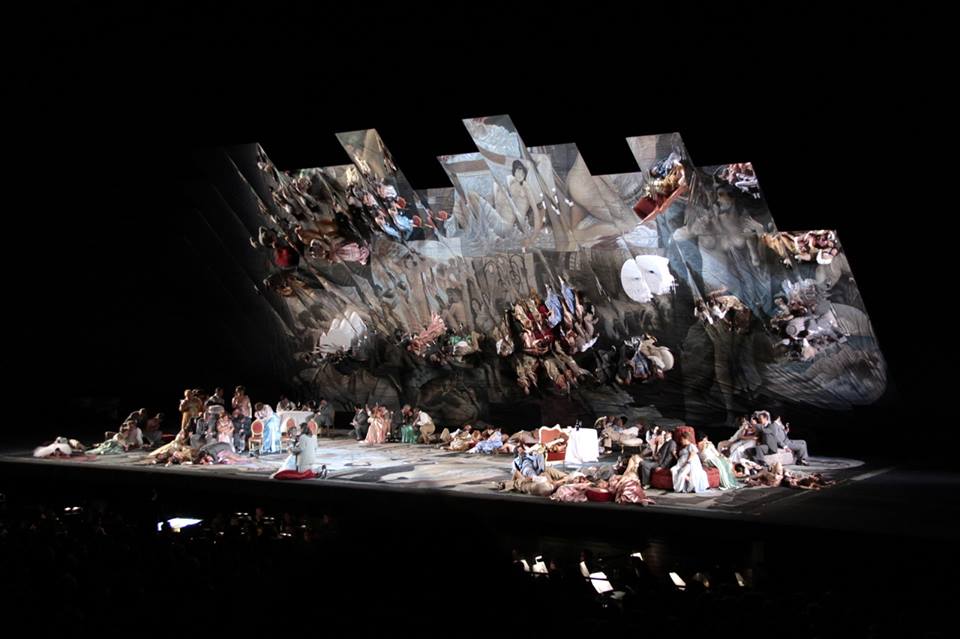Das isophon
Das Isophon ist im Wesentlichen ein Telekommunikationsgerät, das einen Dienst bereitstellt, der einfach als ein Treffen des Telefons und des Schwebetanks beschrieben werden kann.
Der Benutzer trägt einen Helm, der jegliche periphere sensorische Ablenkung ausschließt und gleichzeitig den Kopf über der Wasseroberfläche hält. Das Wasser wird auf Körpertemperatur erwärmt, wodurch die physischen Grenzen des Körpers des Benutzers verwischt werden. Das Schweben auf diese Weise befreit bis zu 90% der Arbeitsbelastung des Gehirns, die normalerweise mit der Berechnung der Schwerkraft verbunden ist. In Kombination wird ein Raum geschaffen, um eine reine, ablenkungsfreie Umgebung für das Telefonieren bereitzustellen. Noch vor ein paar Jahrzehnten war die Telefonzelle unser primäres Telekommunikationsmittel. Dies bietet im Wesentlichen einen kontextneutralen Raum für Ferngespräche. Das Betreten einer Telefonzelle bedeutet effektiv, dass alle anderen Aktivitäten eingestellt werden, sodass sich der Einzelne ausschließlich auf das Gespräch konzentrieren kann. Hier berücksichtigt der Designer nicht nur die Kommunikationstechnologie, sondern auch den Raum, in dem sie genutzt wird. Die zunehmende Nutzung von Mobiltelefonen hat jedoch dazu geführt, dass die Telekommunikation eher effizient als qualitativ praktiziert wird. Das Mobiltelefon dekontextualisiert die Konversation. Es extrahiert Gespräche aus einem bestimmten sozialen Kontext und bietet dem Benutzer die Freiheit, unabhängig von der Eignung aus praktisch jeder sozialen Situation zu kommunizieren. Es liegt in der Sensibilität und Diskretion des Benutzers, zu entscheiden, ob seine Umstände für die Kommunikation geeignet sind. Das Isophone versucht, dieses Ungleichgewicht zu beseitigen, indem es einen Raum bereitstellt, der ausschließlich der Telekommunikation gewidmet ist. Das Iso-Phone widerspricht dem Mainstream-Design und tauscht zeitgemäße Beschäftigung mit effizienten, allgegenwärtigen und multifunktionalen Produkten gegen Qualität und Tiefe eines einzigartigen Erlebnisses aus, das ein vollständiges Eintauchen in die Telekommunikationsmedien erfordert.













